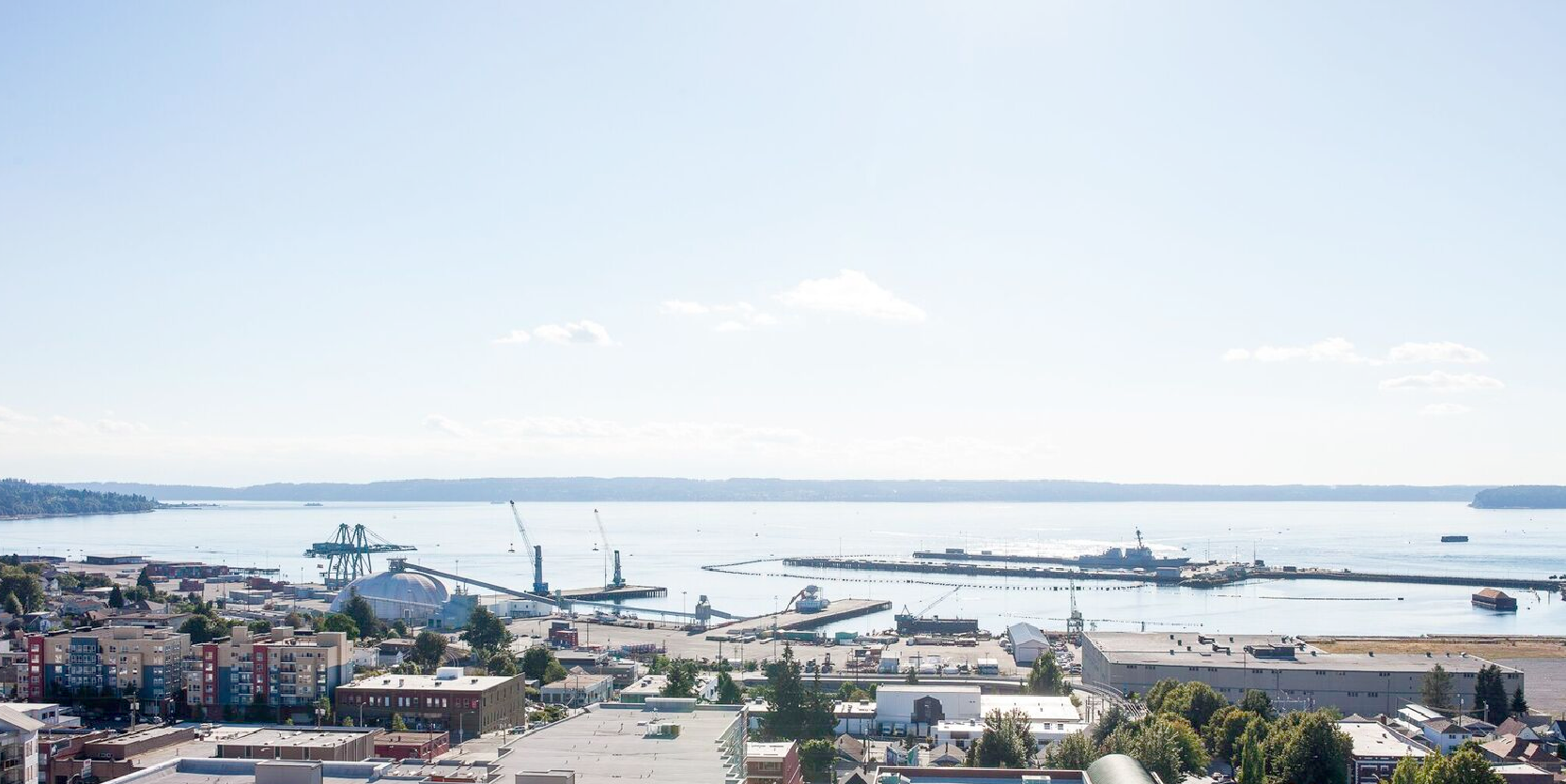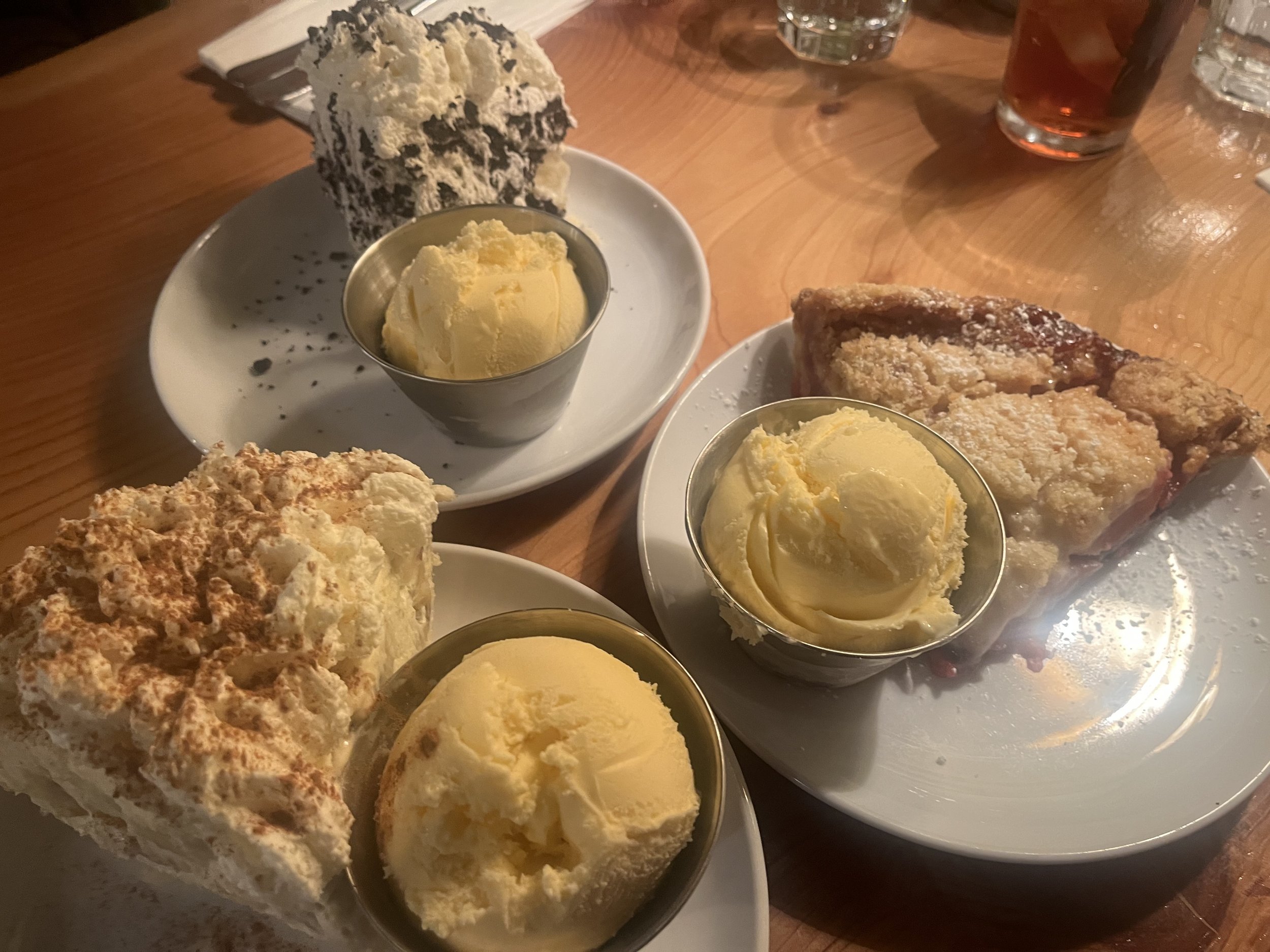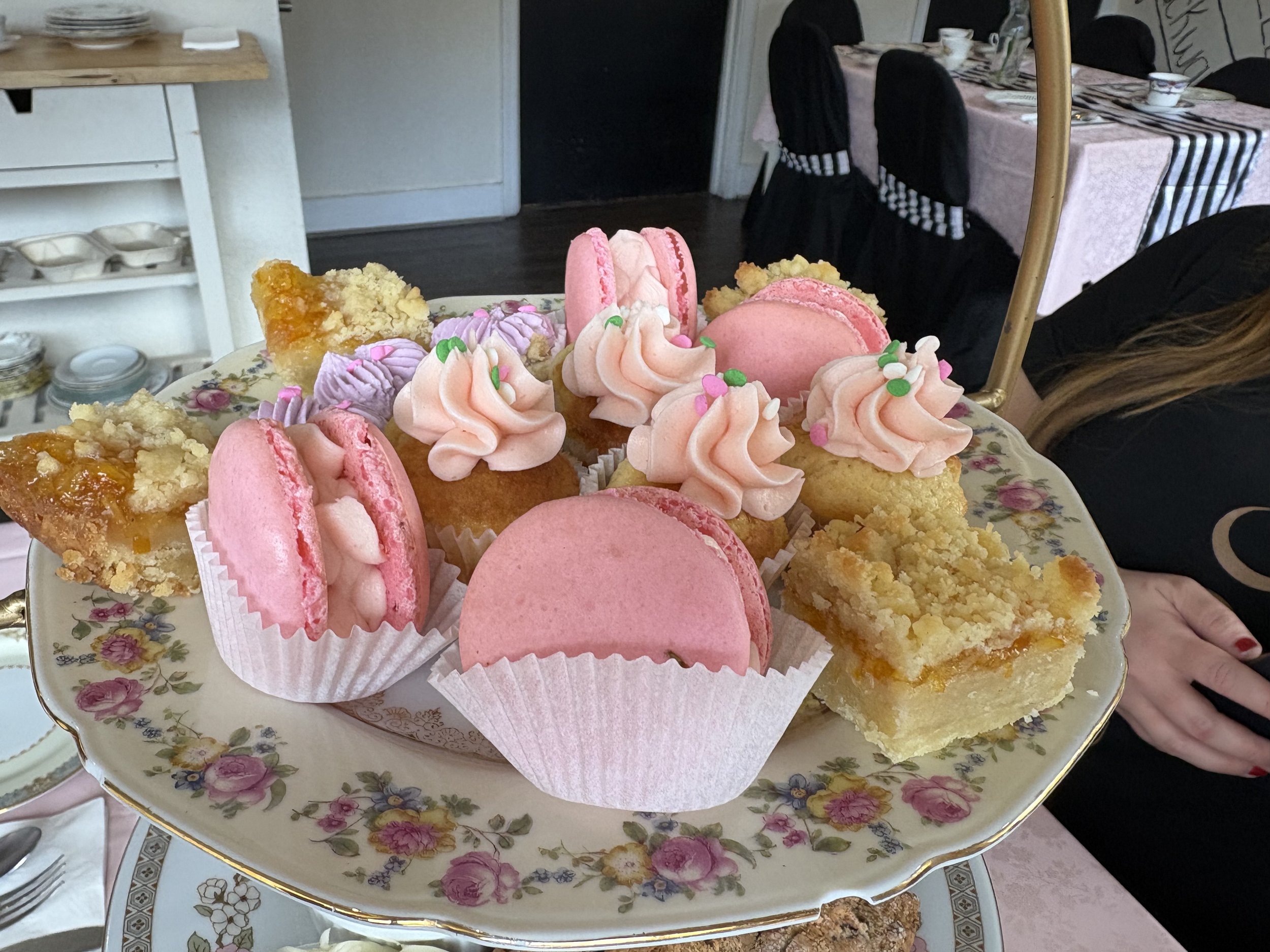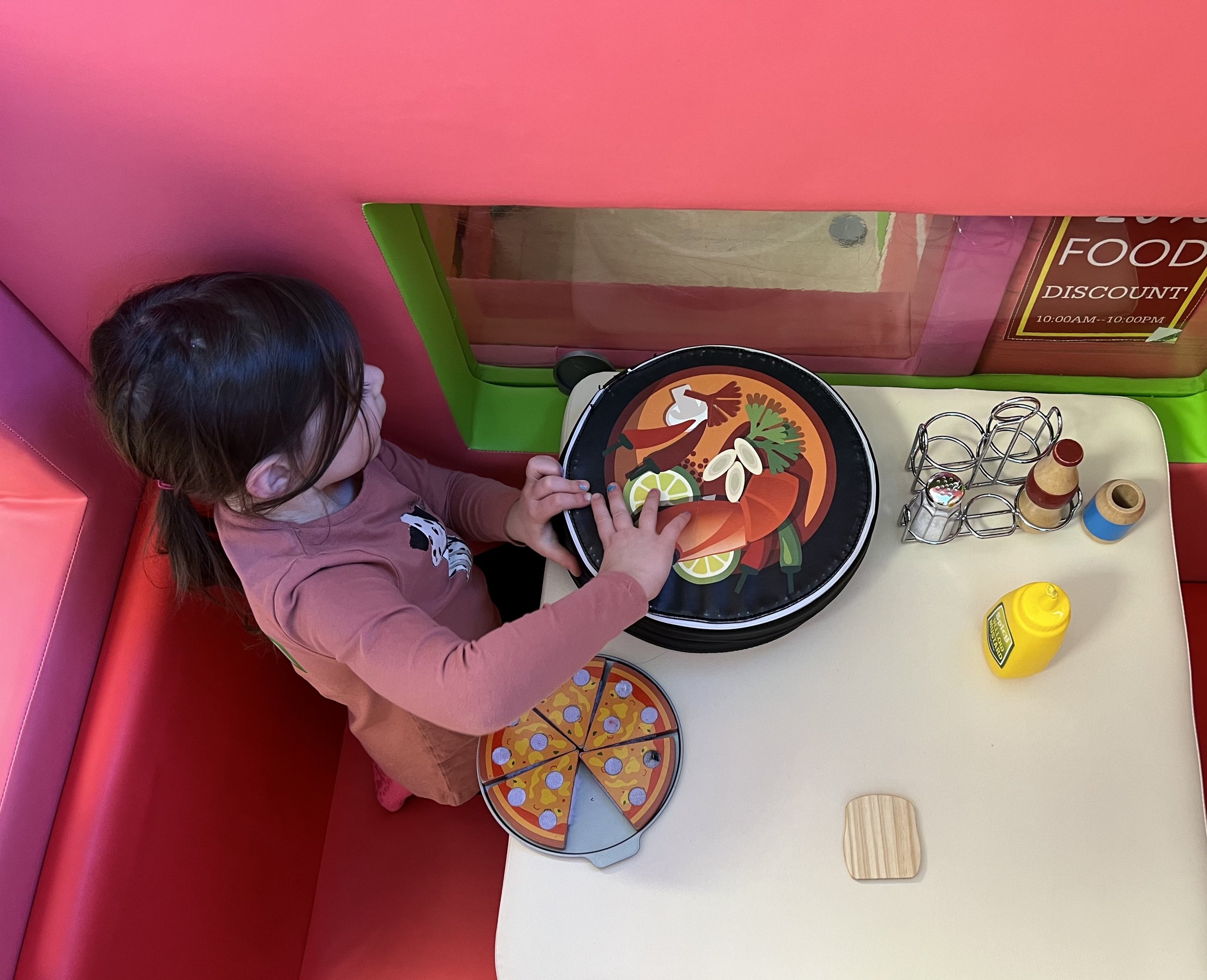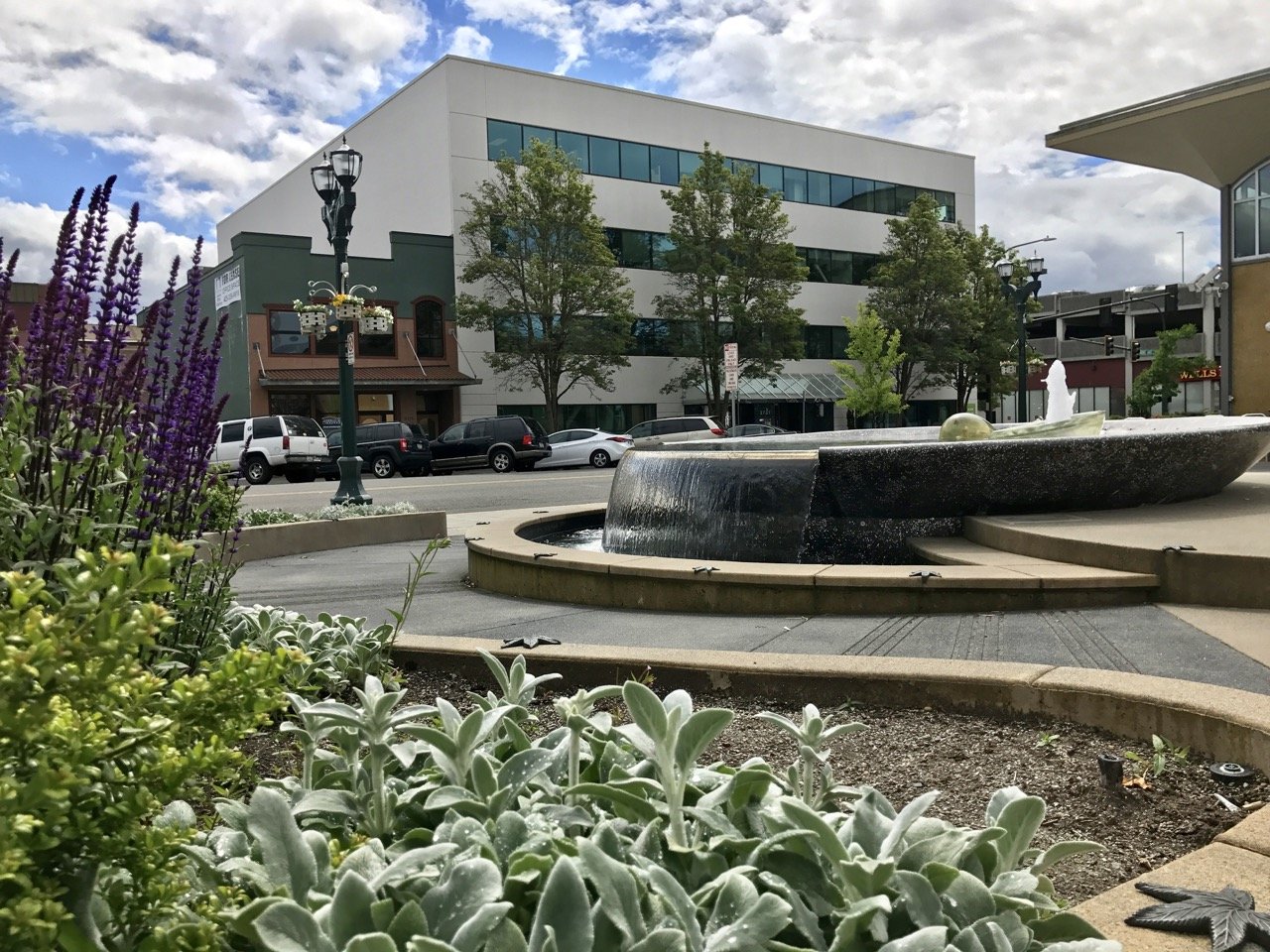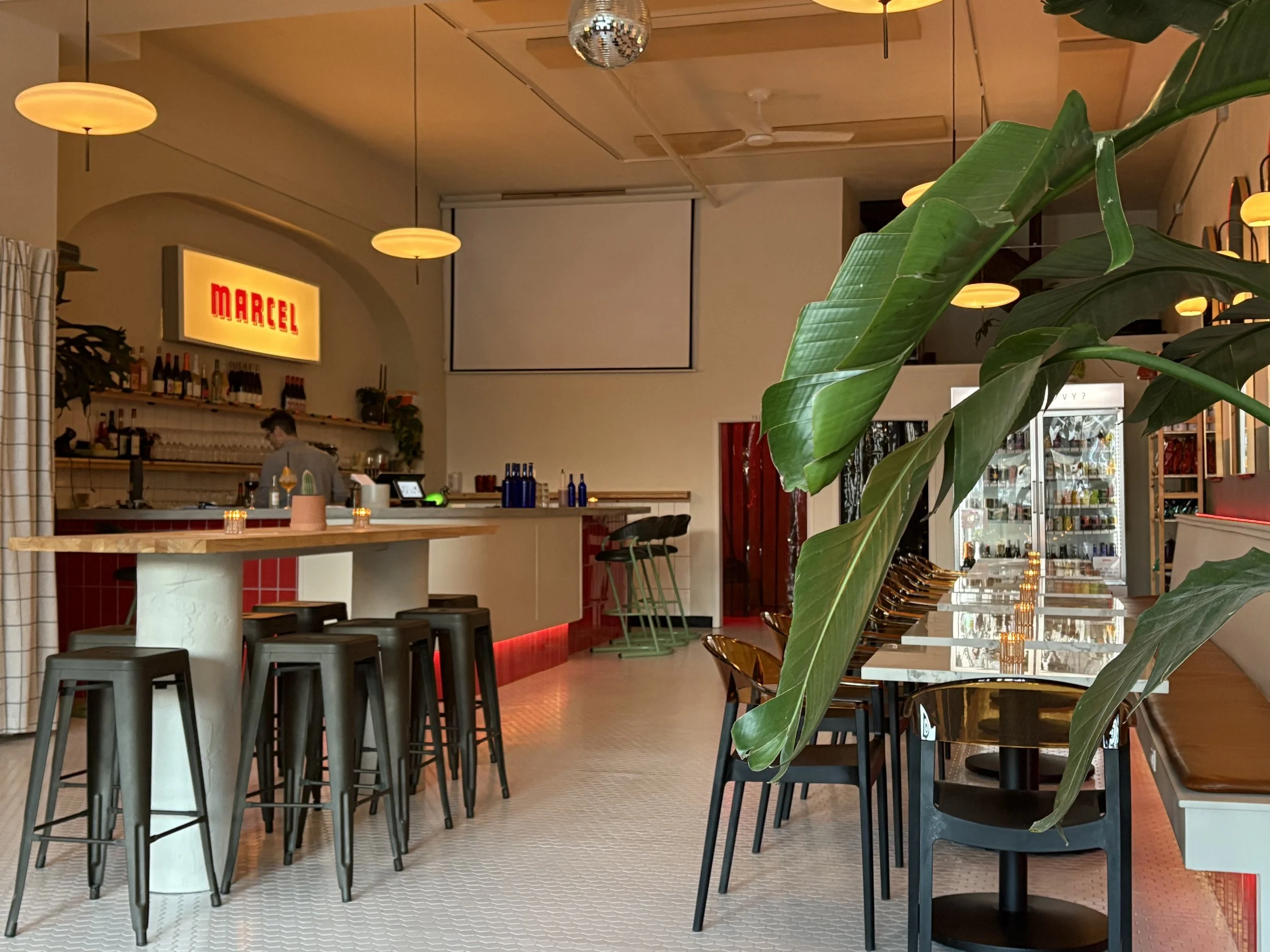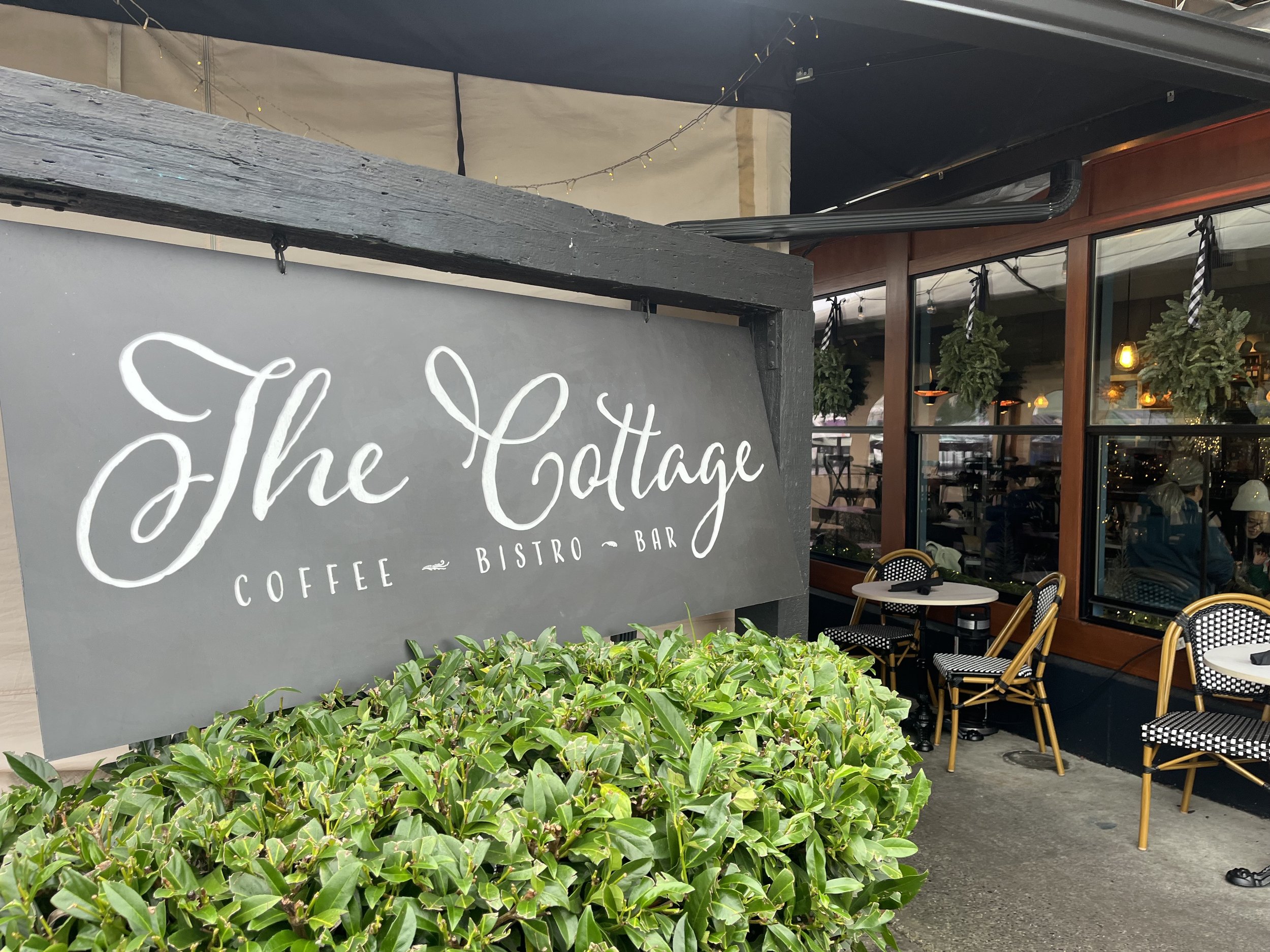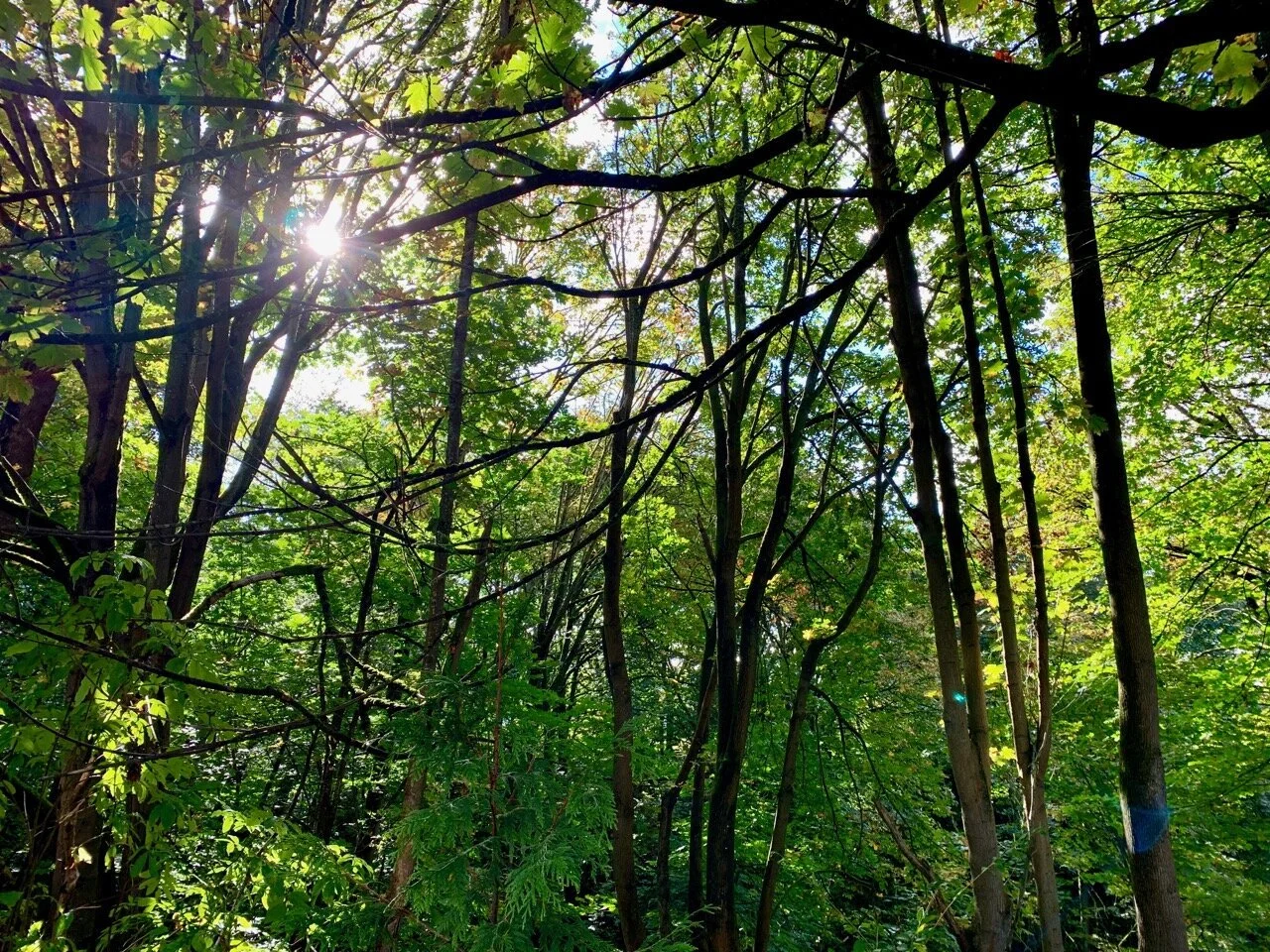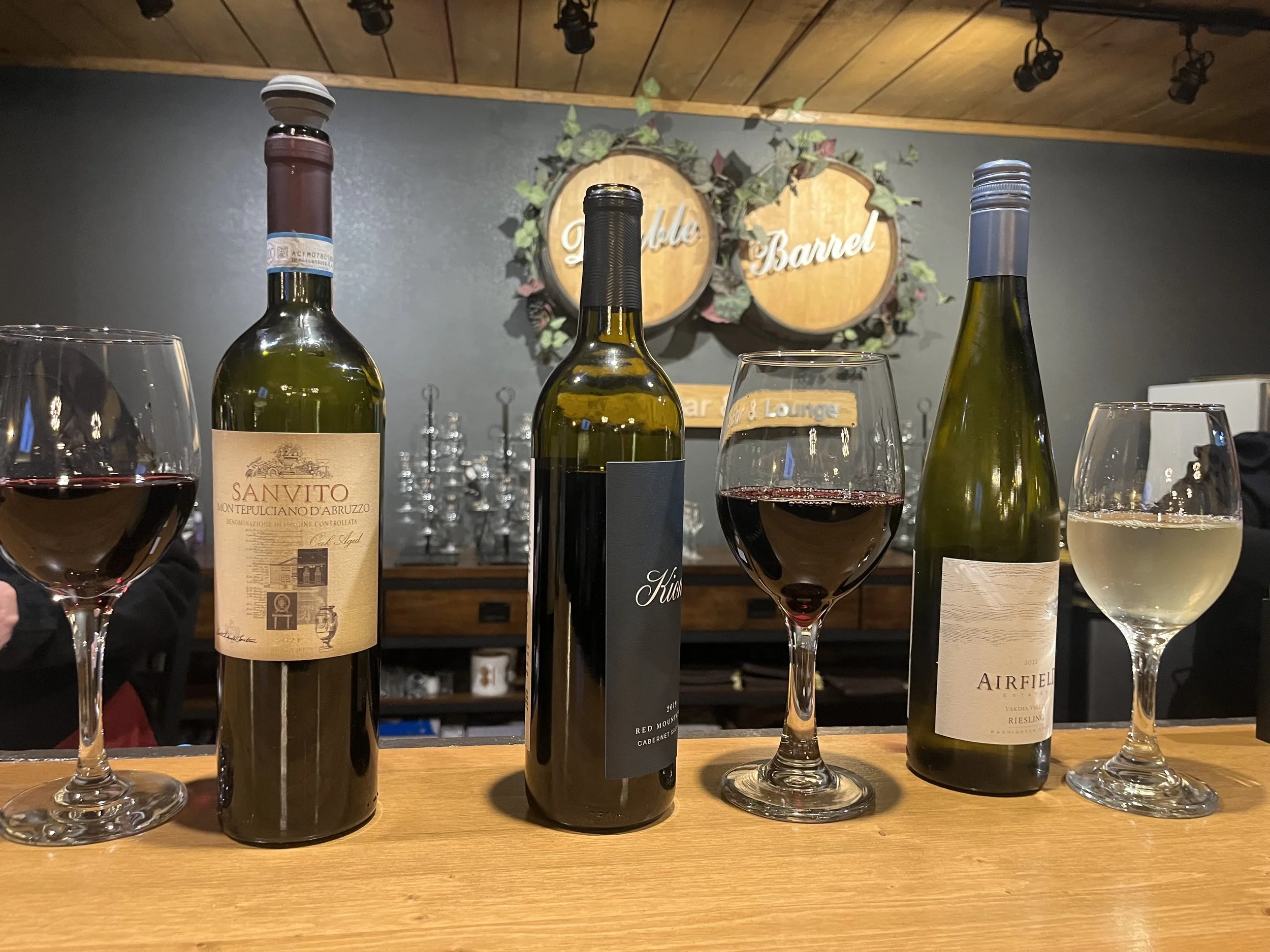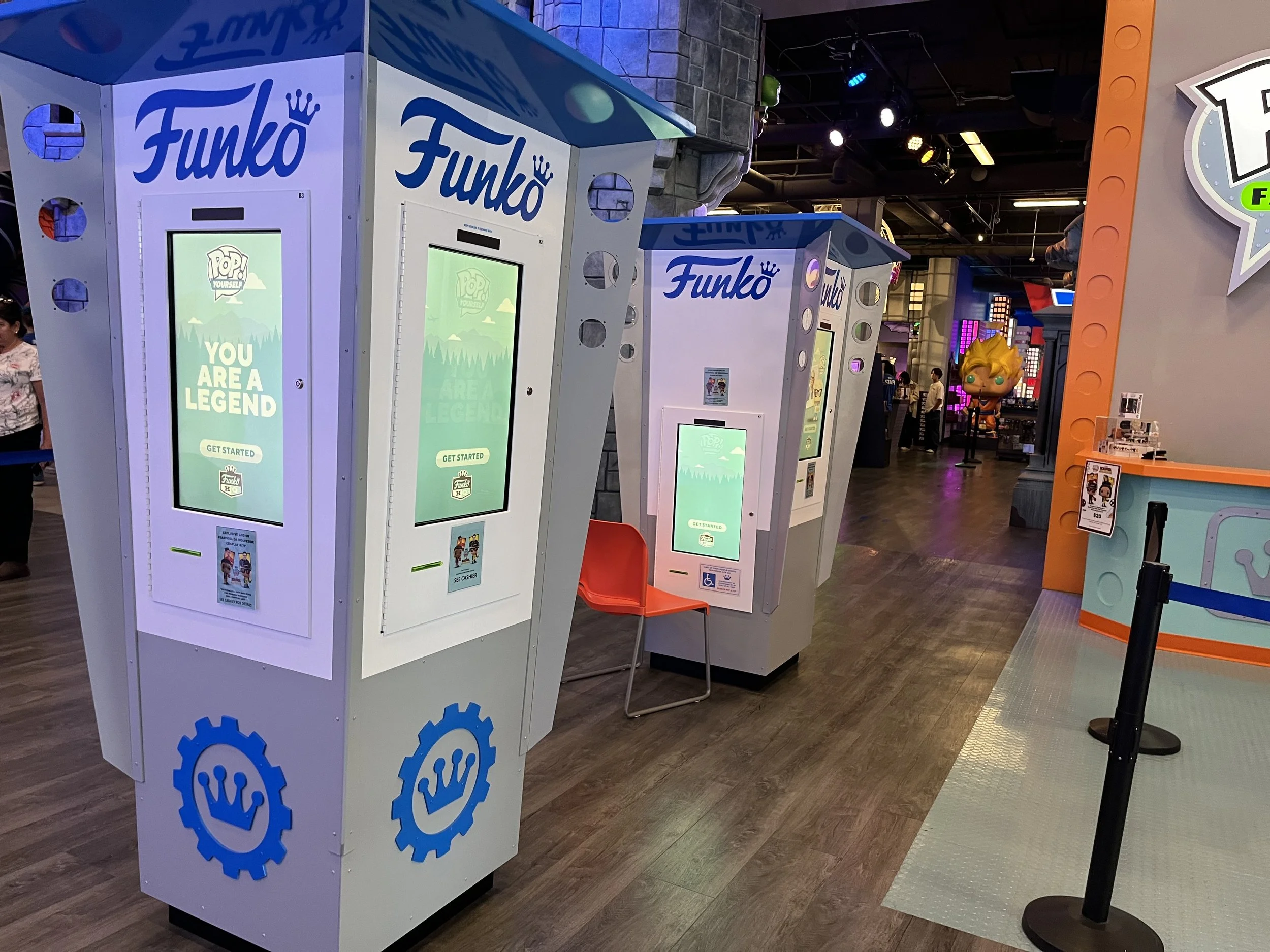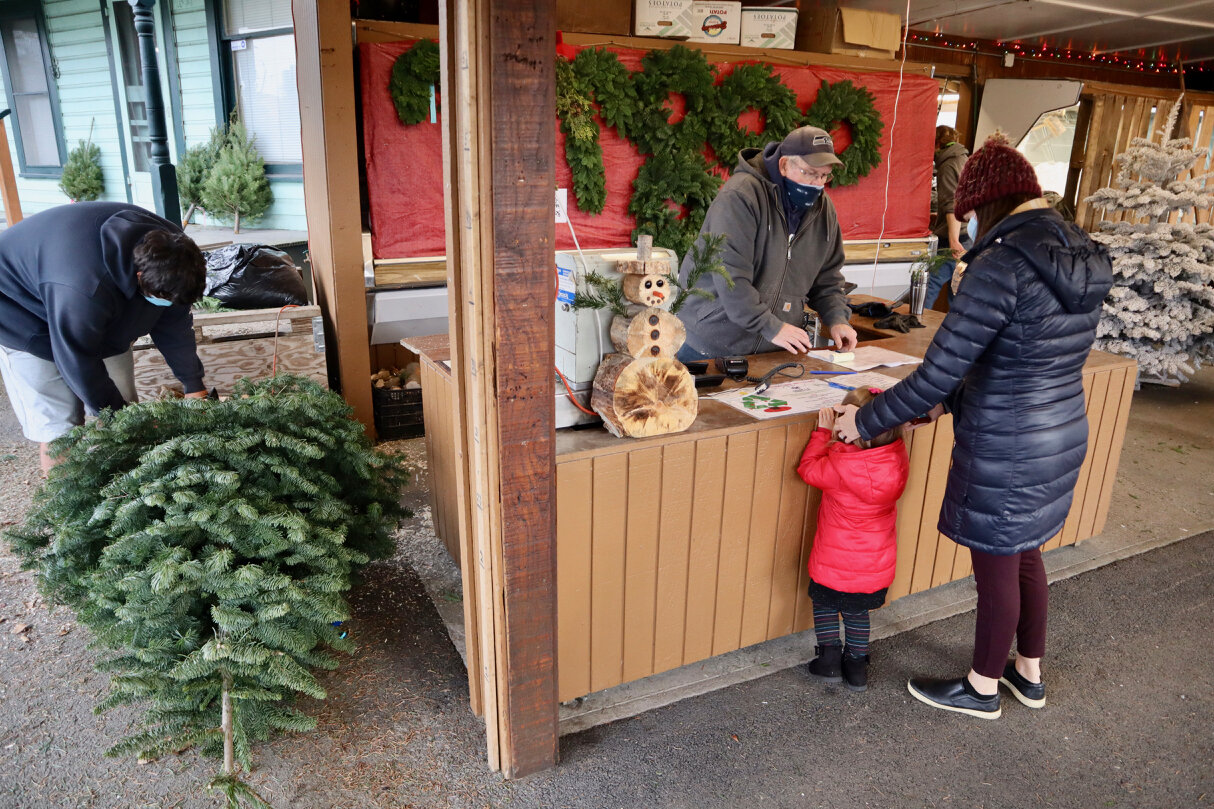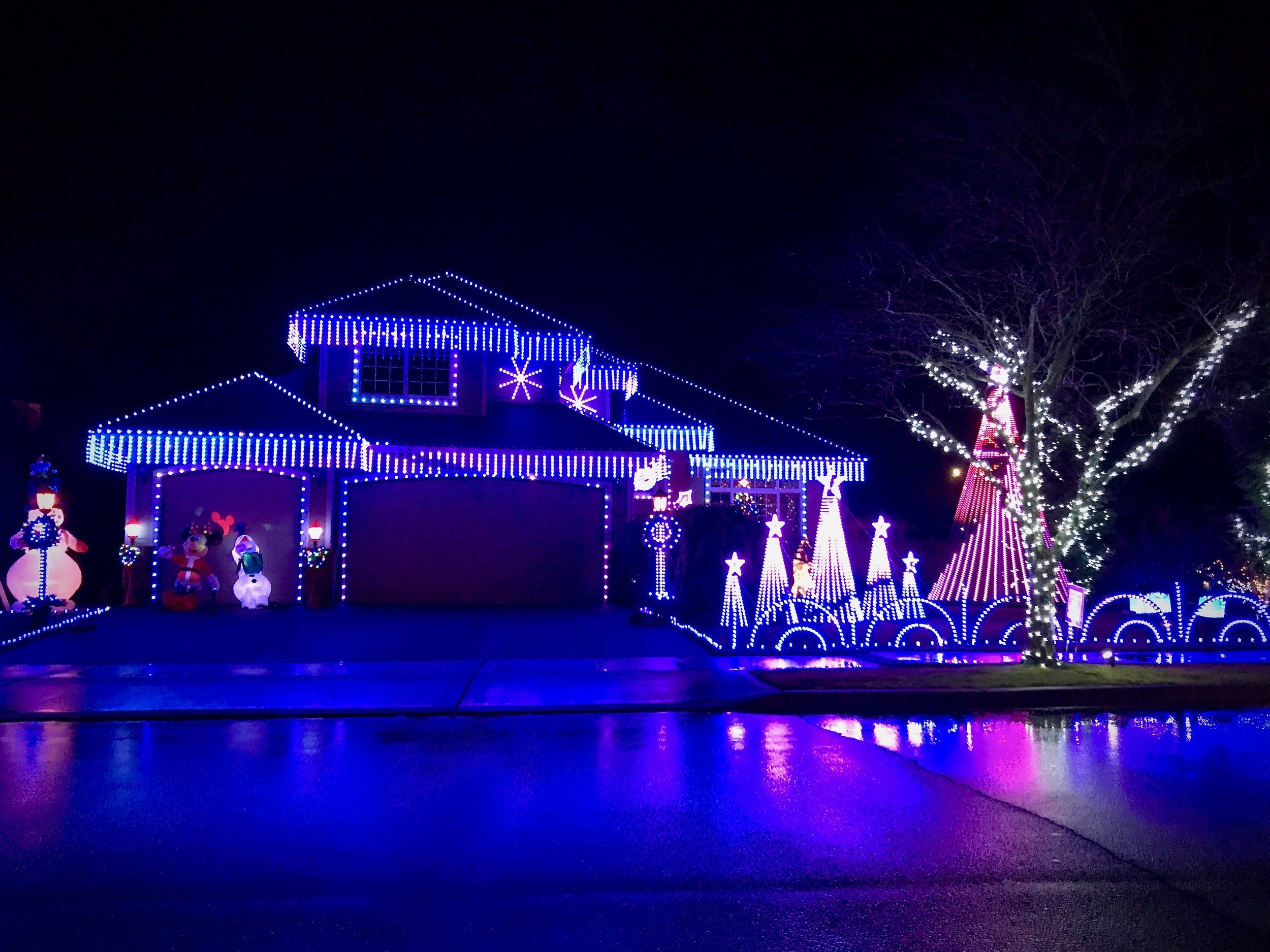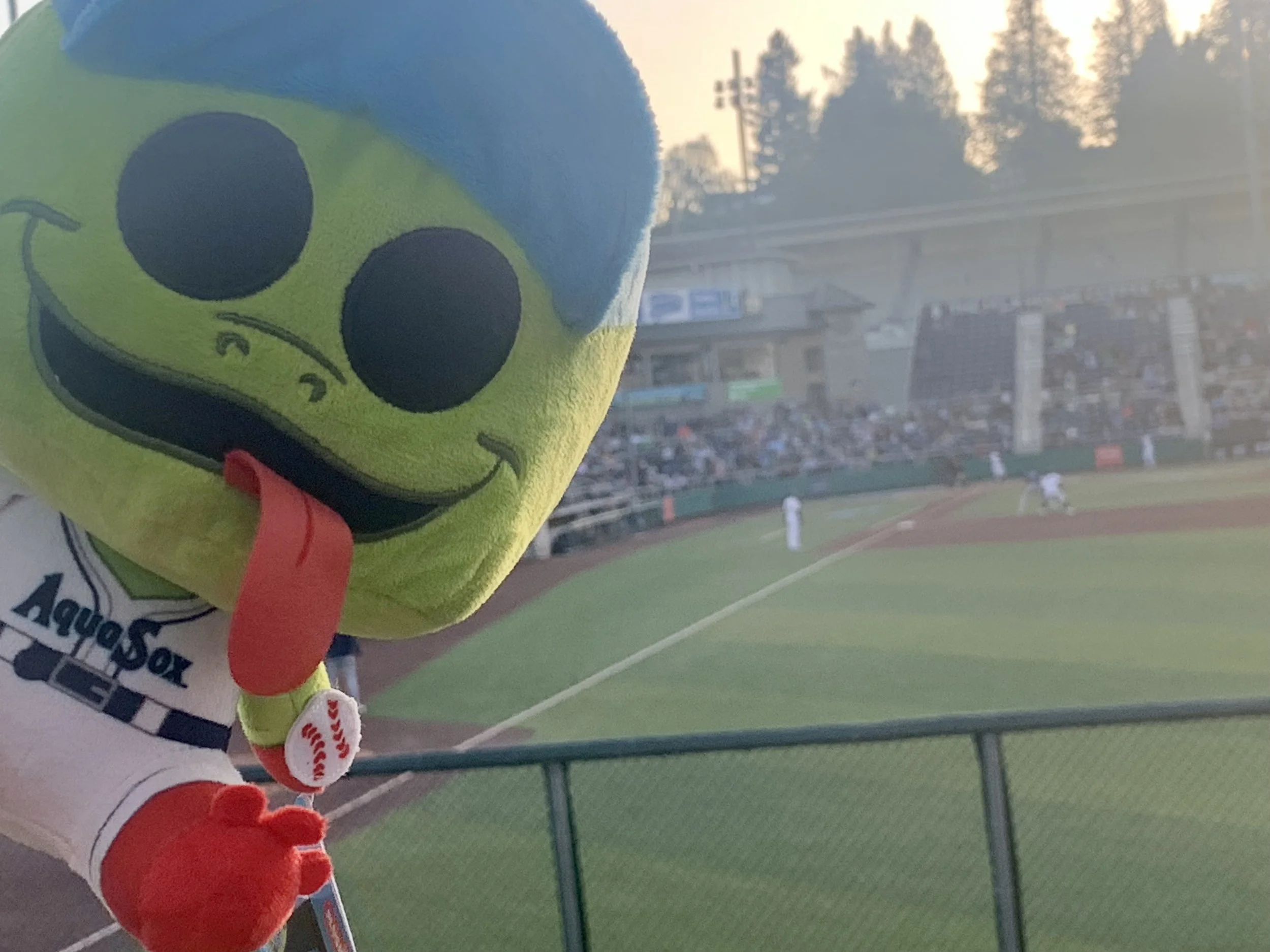The holiday season has just passed, you’re getting back into a work routine, and if you’re like many of us, you’re trying to burn off the “Twelve pounds of Christmas.” But for gardening enthusiasts, brains and thumbs are buzzing at the prospect of spring and a return to better weather and greenery. With all that free sky water hitting us right now, this time of year is excellent for getting new landscape plants established before the summer heat.
Great news for those itching to get going. The Snohomish Conservation District is starting pre-orders for native plants on January 5th, so you can peruse the selection, make your choices and get ready to start turning dirt in February. There will be two drive-through pick-up dates this year to keep things safe for everyone – February 27th and 28th.

A member of the Lily family, the Western Trillium produces beautiful white flowers in early spring and favors shade // Jennifer McKinney
With a focus on native species, the SCD’s plant sale has something for every garden interest. Whether you would like to enhance wildlife shelter and food sources, incorporate pollinator plants to help your vegetable garden, install a rain garden to help with stormwater run-off, or grow edibles for your own use; there is something for everyone.

Oregon grape is a native shrub that produces tart, purple berries that some people use for jelly or wine // Jennifer McKinney
So - Why go native?
There is no arguing that our coastal region contains some of the most beautiful and distinctive ecosystems on earth – from majestic ancient forests to lush alpine meadows, dry rocky slopes and grasslands. Many of these ecosystems exist in Snohomish County, and many are disappearing or have been depleted due to human development.
Worse yet, some non-native plants have become harmful and destructive to our native species and wildlife – with some districts, municipalities and homeowners spending precious resources to eradicate them. These species out-compete our natives and cause serious problems for ecosystems and wildlife.
With the pervasiveness of these invasive species, it’s important for property owners to both control the bad species and plant native ones.

Salmonberry (Rubus spectabilis) produces yellow berries and pink flowers // Jennifer McKinney
Here are 5 Key Benefits of Planting Natives.
Native plants require less water than non-natives once they are established.
Native plants resist native pests and diseases better than non-natives.
Native plants are very attractive as ornamentals and adapt very easily to Pacific Northwest gardens.
Natives provide shelter, habitat and food to our native wildlife species.
Because native plants need less fertilizer and no pesticides – they help improve water quality – which is better for our prized aquatic ecosystems. You can literally help save orcas by planting native plants!
Just remember - the key to landscaping with any plant, including natives, is threefold: plant the Right Plant, in the Right Site and Conditions for its Mature Size (From the Washington Native Plant Society website.
Make sure you know a thing or two about your own site and soil conditions, and take care to understand how big the plant will get and what it’s root system will do, and you can enjoy the many benefits for yourself and the planet that native species provide.
Head to www.theplantsale.org and peruse the selection, get your pre-order in and look forward to planting your new plants in February.

Jennifer McKinney lives and works in the Delta neighborhood with her husband, chickens, cats, rabbit and dog. She enjoys gardening, coffee, travel, fine dining and the occasional stiff whisky.












